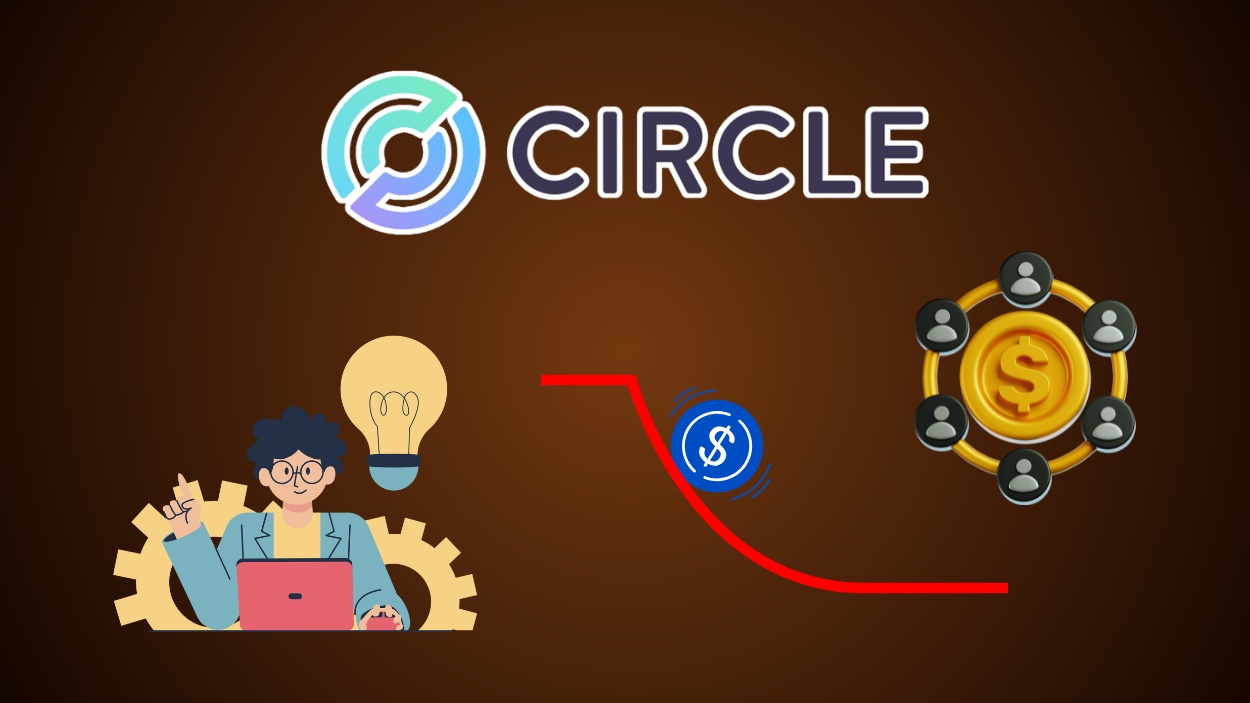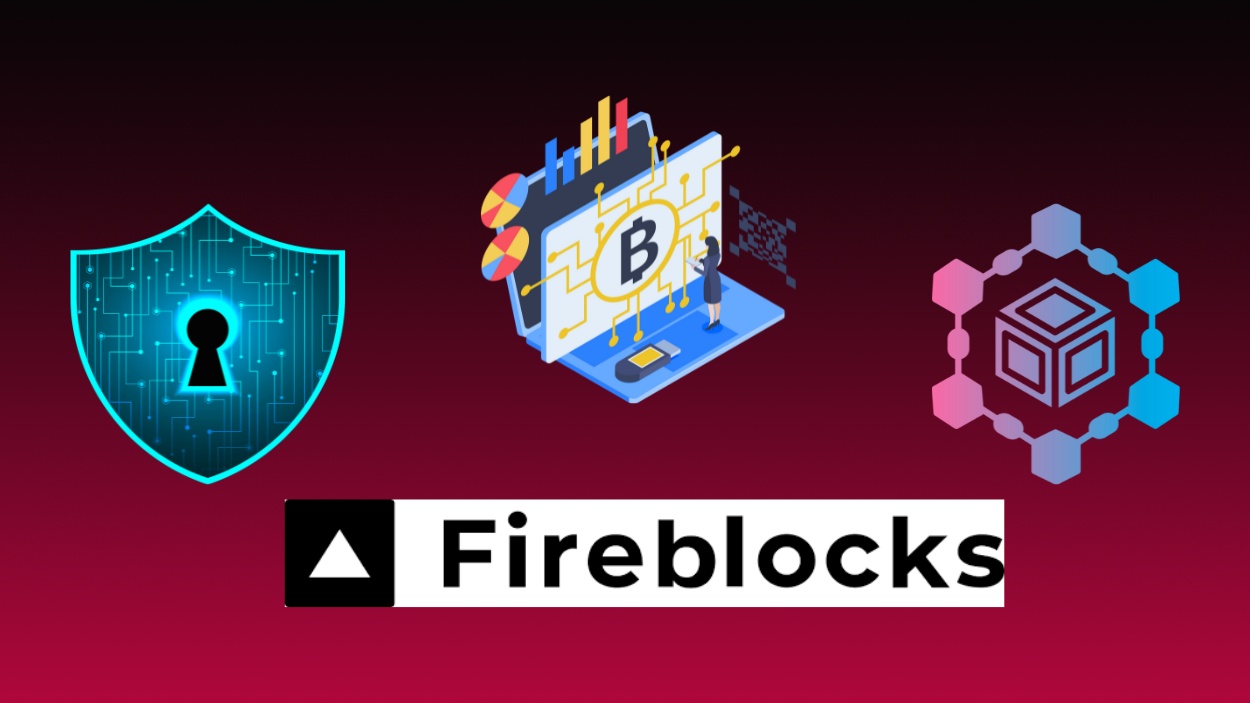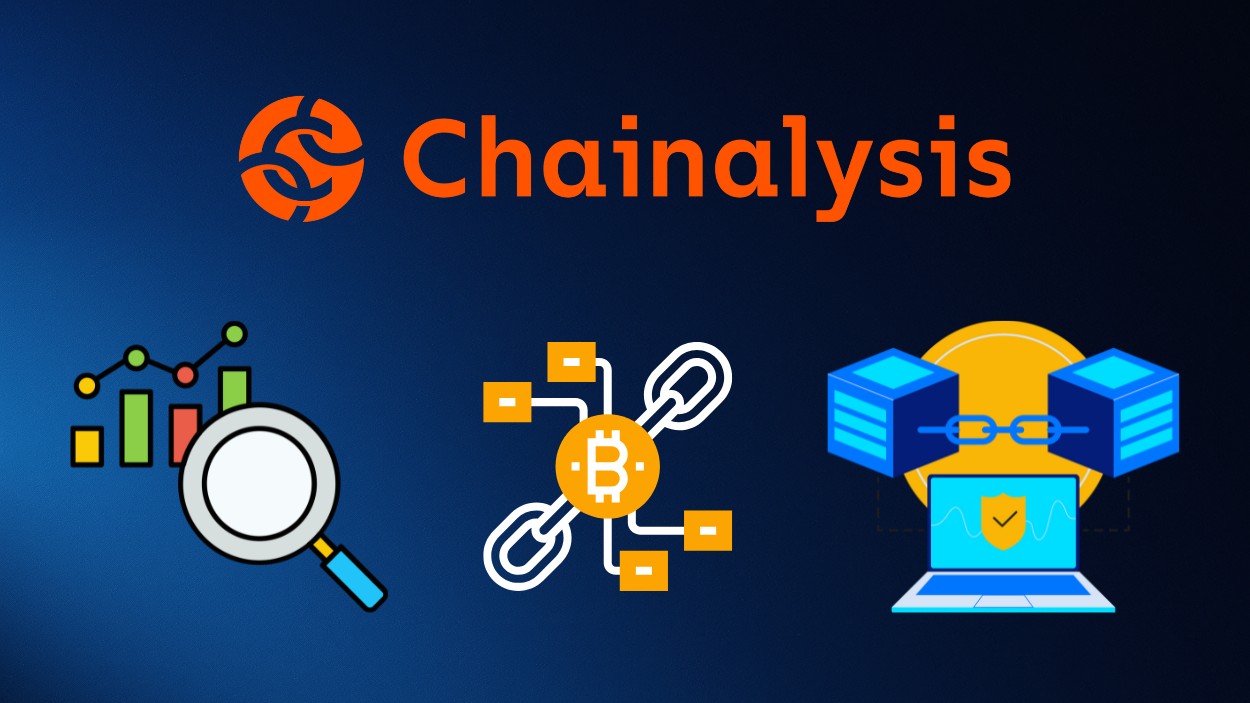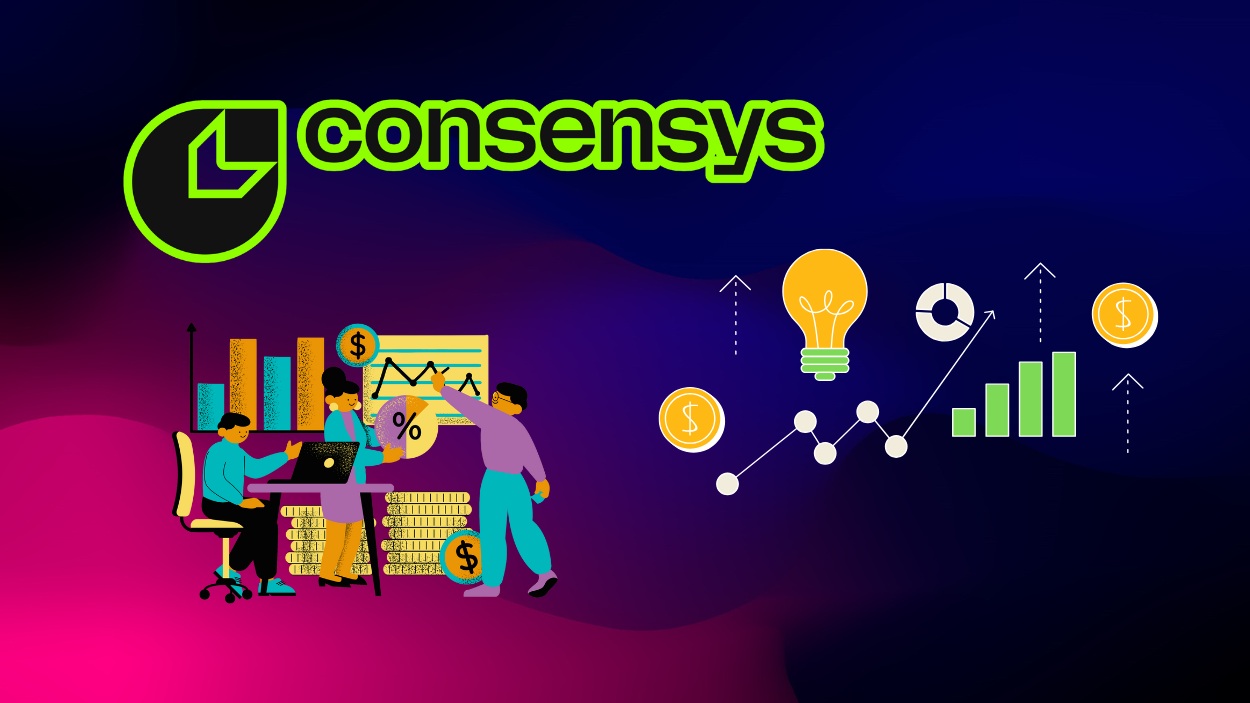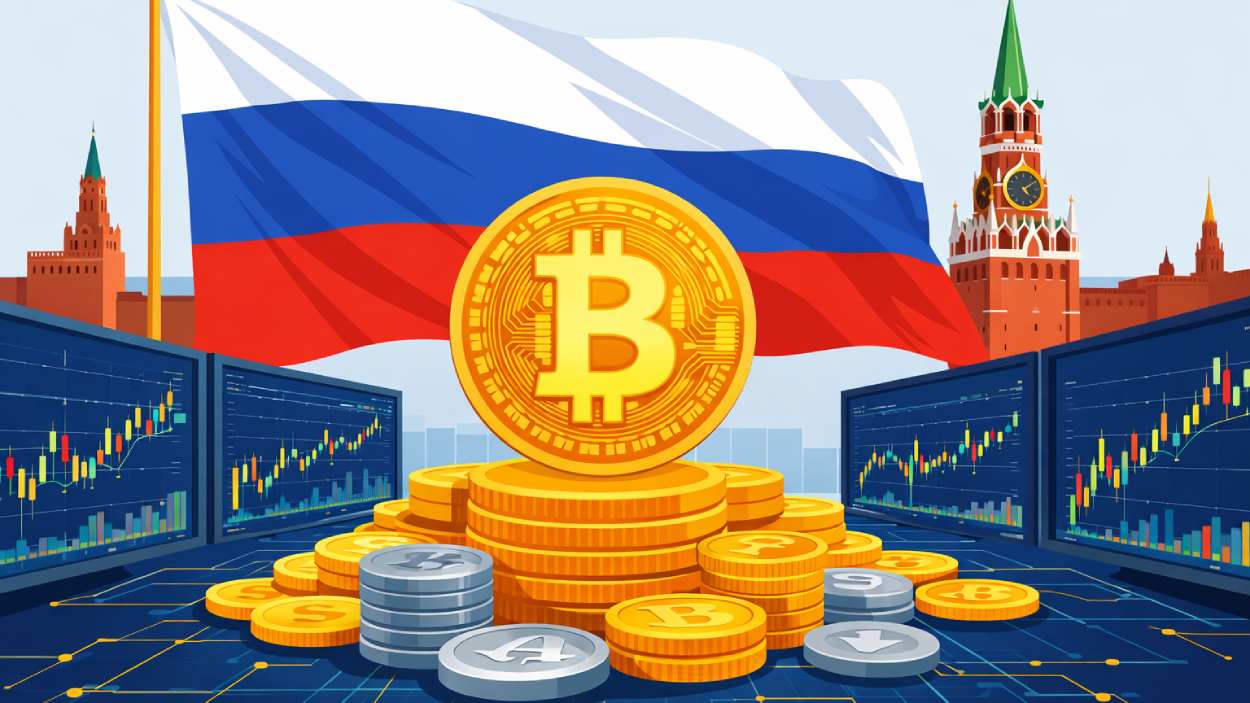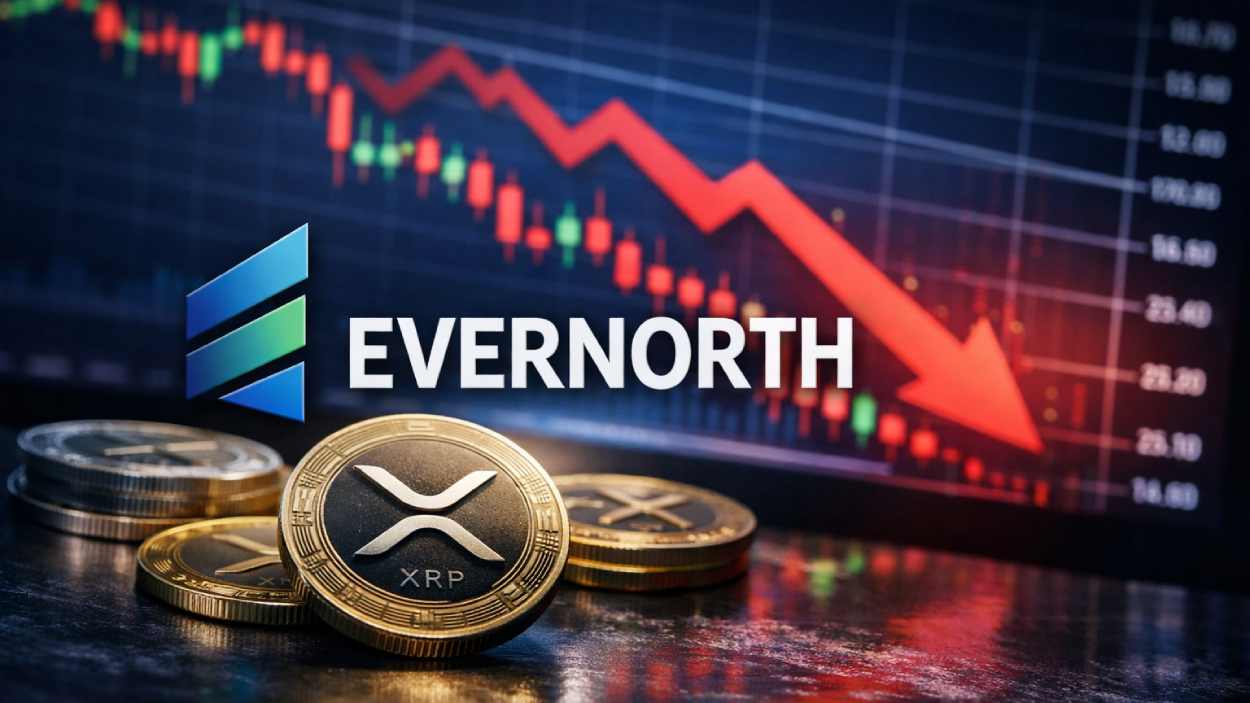Imagine a world where your bank fits in your pocket, no lines, no paperwork, no outdated bureaucracy. This is the promise of neobanks, digital-first financial institutions that have redefined banking as we know it. The neobank industry continues to transform, growing exponentially in user adoption and global reach. In this article, we’ll explore the most critical neobank industry statistics, uncovering the trends, challenges, and opportunities that shape this dynamic market.
Editor’s Choice
- Business accounts contributed to approximately 67% of total neobank revenues in 2025, largely due to rising demand from small and medium-sized enterprises (SMEs) for digital-first financial tools.
- North America’s neobank sector is growing at a 34.6% CAGR through 2026, driven by millennial users.
- Monzo recorded a pre-tax profit of £113.9 million and reached 12 million customers globally in 2025.
- Wise operates in 160 countries, launched its Mexico service in 2025, and holds a market cap of $11.5 billion.
- 40% of global banks plan collaborations with neobanks in 2025 to strengthen digital capabilities.
Revenue and Profitability
- In the US, top neobanks like Chime and Varo reported a combined revenue of $4.8 billion in 2025.
- Revolut, a leading European neobank, achieved $2.1 billion in annual revenue and $180 million in profit in 2025.
- Despite growth, 76% of neobanks remain unprofitable in 2025, mainly due to high customer acquisition costs.
- Only 18% of neobanks are projected to break even by 2025, showing modest profitability gains.
- The neobank industry attracted $13.2 billion in global venture funding in 2025, highlighting continued investor confidence.
Global Neobanking Market Growth Forecast
- The global neobanking market is projected to surge from $316.42 billion in 2025 to $7,930 billion by 2032.
- This represents an extraordinary CAGR of 58.6% during the 2025–2032 forecast period.
- The growth underscores rapid digital adoption, mobile-first banking demand, and SME-driven financial innovation.
- By 2032, the market size is expected to be 25 times larger than in 2025, highlighting massive scalability potential.
- Asia-Pacific and Europe are anticipated to lead in user base and transaction volume growth.
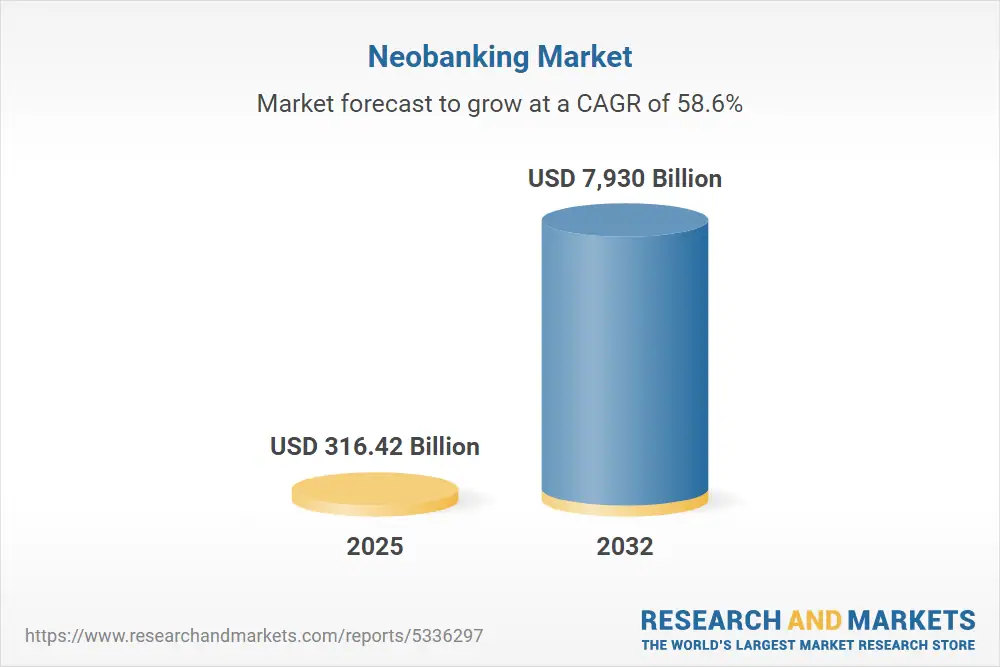
User Base and Demographics
- Millennials and Gen Z make up 78% of the global neobank user base in 2025, reinforcing their dominance.
- Over 62% of neobank users are aged 18 to 35 in 2025, highlighting strong youth demand for digital banking.
- Women represent 48% of neobank users worldwide in 2025, signaling a further closing of the gender gap.
- 35% of neobank users in 2025 identify freelancing or gig work as their primary income source, reflecting support for non-traditional workers.
- 72% of users say neobanks provide better budgeting and tracking tools than traditional banks in 2025, driving adoption.
- Rural adoption of neobanks grew by 32% in 2025, driven by mobile access and digital literacy gains.
- 83% of neobank users actively use their accounts for daily financial transactions, indicating persistently high engagement in 2025.
Average Transaction Value per User
- The average transaction value per neobank user rose to $1,350 monthly in 2025, up from $1,200 in 2023.
- High-income users contributed to 27% of total transaction volume, averaging $2,700 per month in 2025.
- Small business accounts on neobanks processed an average of $16,200 per month in 2025, showcasing SME digital banking growth.
- 45% of neobank users used their accounts primarily for e-commerce, with an average transaction size of $185 in 2025.
- Peer-to-peer (P2P) transfers via neobanks grew by 25%, with an average transaction value of $320 per transfer in 2025.
- International remittance adoption increased by 33%, with an average neobank transaction value of $1,120 in 2025.
Global Neobanking Brand Share Statistics
- Cash App leads the global neobanking market with a 16% share, reflecting its dominance in digital payments and peer-to-peer transfers.
- Revolut and Tinkoff each hold a 9% global share, showcasing their strong customer bases in Europe and Russia, respectively.
- Stocard captures 7%, leveraging its digital wallet and loyalty integration strategy.
- Venmo maintains a 6% share, driven by its seamless integration with PayPal and popularity among U.S. users.
- Monzo accounts for 4%, supported by its mobile-first approach and growing international presence.
- KakaoBank and Nubank each represent 3%, highlighting Asia and Latin America’s rising influence in the neobank ecosystem.
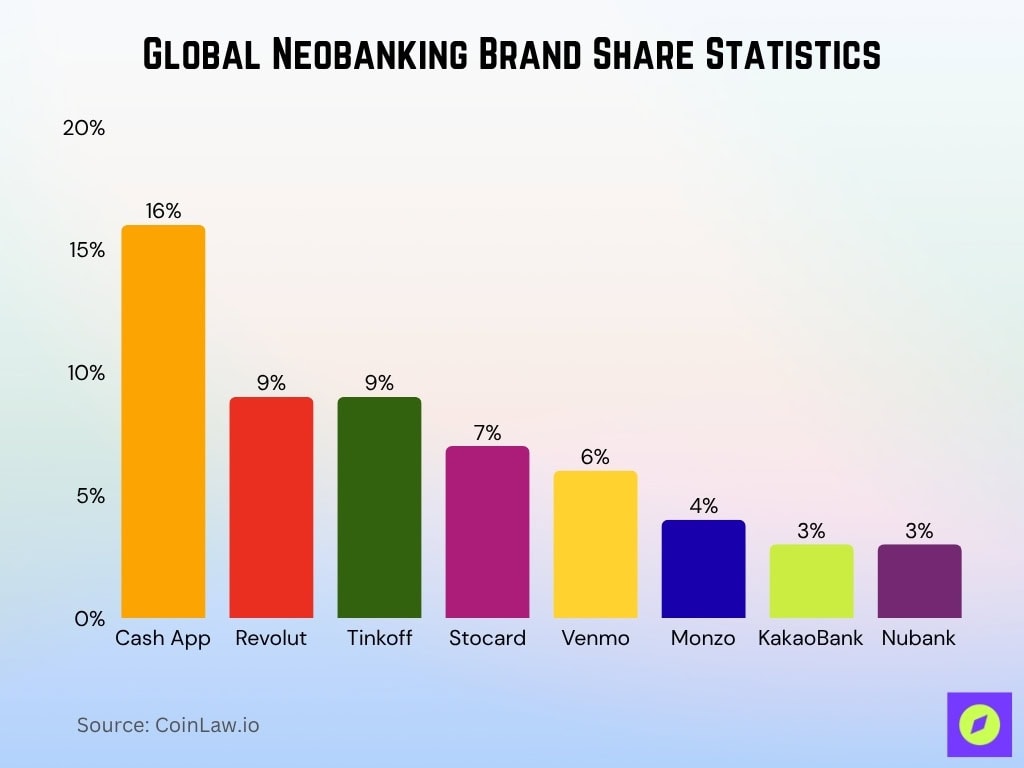
Regional Insights
- Europe remains the global leader in neobanking, with the UK accounting for 42% of regional users in 2025.
- In Asia-Pacific region, India’s neobank market experienced a 52% user growth in 2025, led by platforms like RazorpayX.
- North America’s neobank user base hit 39 million in the US for 2025, marking a 22% year-over-year increase.
- Australia’s neobank user base grew by 28% in 2025, driven by competitive pricing and seamless digital experiences.
- The Middle East saw neobank adoption rise 42% in 2025, with Saudi Arabia and the UAE driving growth.
- African neobanks posted 34% user base growth in 2025, led by financial inclusion initiatives in Kenya and Nigeria.
Account Type Insights
- Basic savings accounts comprise 62% of neobank offerings in 2025, remaining the dominant account type. Premium-tier accounts represented 23% of all neobank accounts in 2025, attracting users with perks like cashback and travel rewards.
- Small business and freelancer accounts grew by 44% in 2025, powered by expanded invoicing and tax management tools.
- Salary-linked account adoption rose 33% in 2025, especially in urban areas with digital payroll integration.
- Cryptocurrency-linked accounts surged by 56% in 2025, driven by continued interest in digital asset storage and trading.
- Teen banking solutions saw 39% growth in 2025, with parents increasingly choosing supervised financial education accounts.
- Joint accounts increased by 21% in 2025, reflecting greater demand for collaborative family banking.

Application Insights
- Neobanking apps saw a 43% increase in downloads in 2025, reaching 1.34 billion downloads globally.
- 87% of users rated neobanking apps as “highly intuitive” in 2025 due to seamless navigation and fast transaction speeds.
- Biometric authentication became standard, with 94% of neobanks using facial recognition or fingerprint scanning in 2025.
- Real-time transaction tracking features were used by 79% of app users in 2025, improving financial transparency.
- In-app financial education tools were adopted by 35% of neobanks in 2025 to boost user literacy.
- Mobile-first designs drove a 29% growth in daily app usage in 2025, with users spending an average of 27 minutes daily on neobank apps.
- Integration with third-party platforms like PayPal and Stripe increased by 31% in 2025, enhancing convenience for users.
Neobanking Market Segmentation
- Retail banking commands 65% of total neobank segment revenue in 2025, remaining the leading segment.
- Small and medium-sized enterprises (SMEs) represent 28% of neobank users in 2025 due to streamlined loan and payroll solutions.
- Cryptocurrency enthusiasts account for 13% of neobank users in 2025, leveraging integrated trading and storage options.
- The gig economy contributed 23% of new neobank account openings in 2025, reflecting continued popularity among freelancers.
- Urban users make up 72% of neobank adoption in 2025, while rural penetration grew by 38%.
- Millennials and Gen Z remain the core, comprising 78% of neobank customers globally in 2025.
- The rise of niche neobanks catering to specific user needs increased market segmentation by 24% in 2025.
Technological Innovations
- AI-driven financial insights became mainstream, with 72% of neobanks integrating predictive analytics into apps in 2025.
- Blockchain adoption grew by 36% in neobank platforms during 2025, enabling secure and fast digital transactions.
- Voice-activated banking achieved a 44% adoption rate among tech-savvy users in 2025, up from 30% in 2023.
- Integration of Open Banking APIs allowed 54% of neobanks to collaborate with external platforms for seamless data sharing in 2025.
- 69% of neobanks migrated fully to cloud infrastructure, greatly enhancing operational efficiency in 2025.

Recent Developments
- Machine learning algorithms boosted fraud detection accuracy by 44% in neobank platforms in 2025.
- Neobanks boosted their SMB focus, with digital products driving a 38% increase in new SMB accounts for 2025.
- FinTech convergence surged, with over 22% of FinTechs evolving into neobanks in 2025 to offer broader banking services and retain customers.
- Advanced tech like AI and blockchain is now used by 69% of neobanks to improve service and experiences in 2025.
- Geographic expansion accelerated, with neobanks’ growing presence in over 51 emerging markets to enhance financial inclusion in 2025.
Frequently Asked Questions (FAQs)
Small business and freelancer accounts expanded by 44% in 2025.
78% of neobank users globally are millennials or Gen Z as of 2025.
Neobank users transact an average of $1,350 monthly in 2025.
76% of neobanks globally remain unprofitable in 2025, mainly due to high acquisition costs.
Conclusion
The neobank industry is at the forefront of financial innovation, reshaping how individuals and businesses manage money. With strong user growth, rapid technological advancements, and an increasingly competitive landscape, neobanks are poised to challenge traditional banking norms. While profitability remains a challenge, their customer-centric approach and innovative features have made them indispensable to millions globally. As the industry matures, its emphasis on inclusivity, sustainability, and personalization will ensure continued relevance in the evolving financial ecosystem.
Hover or focus to see the definition of the term.








